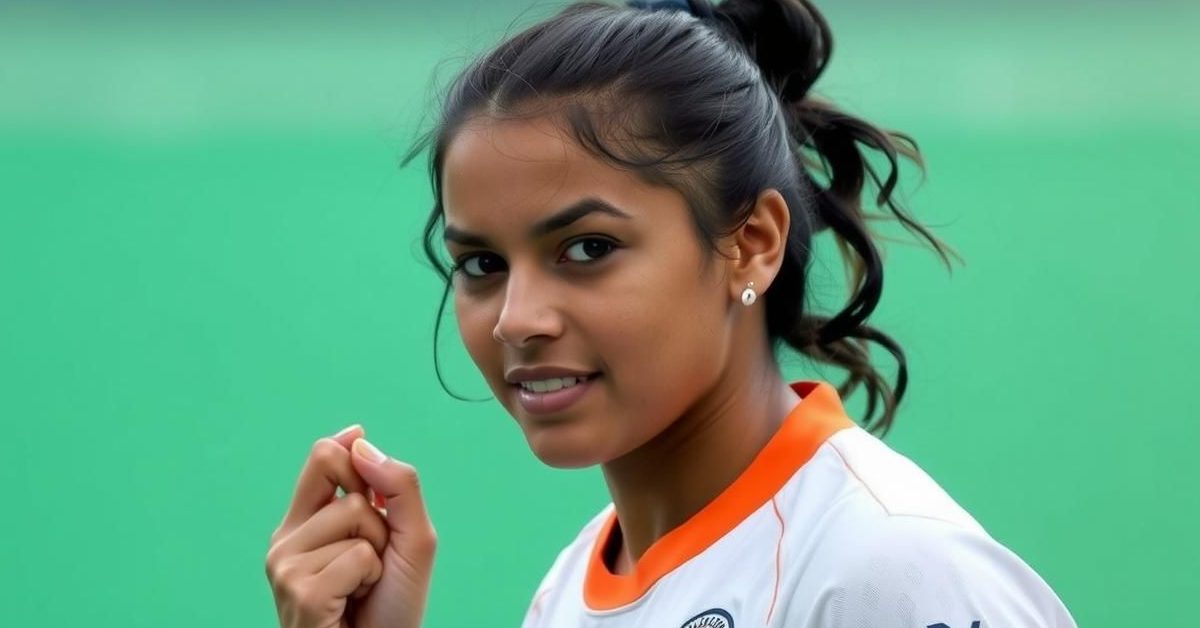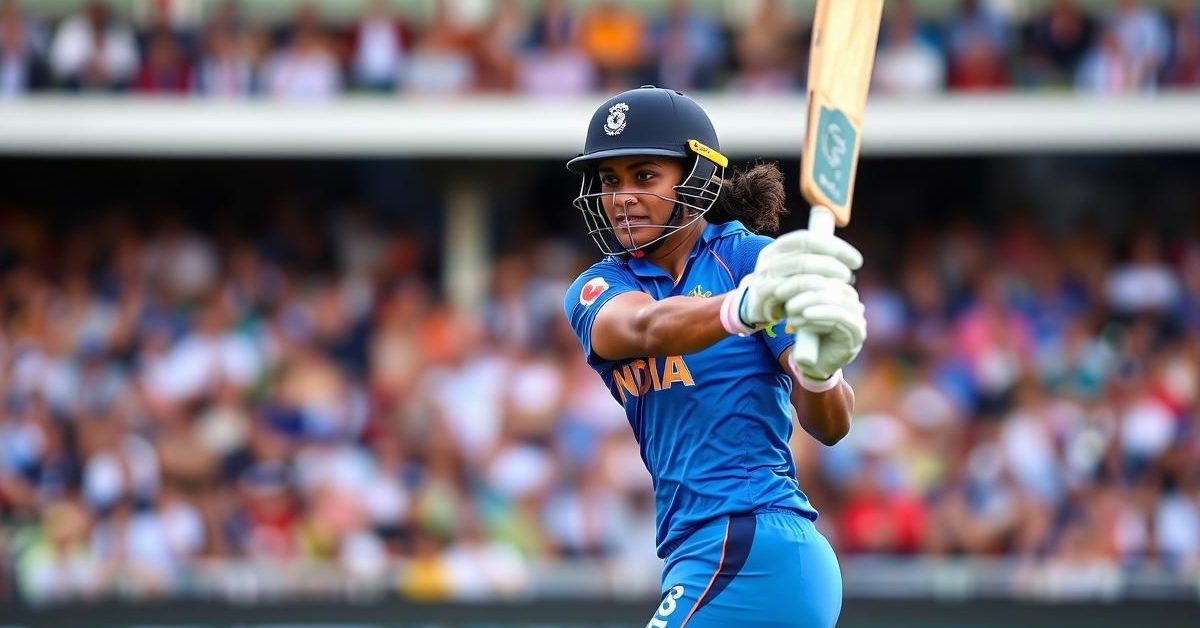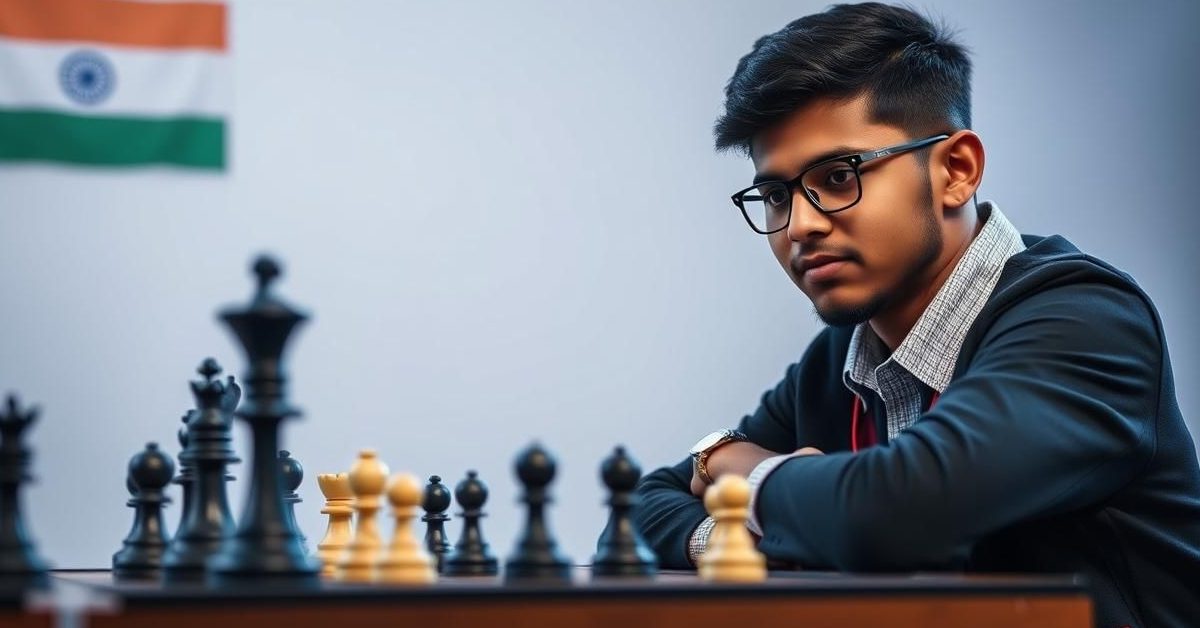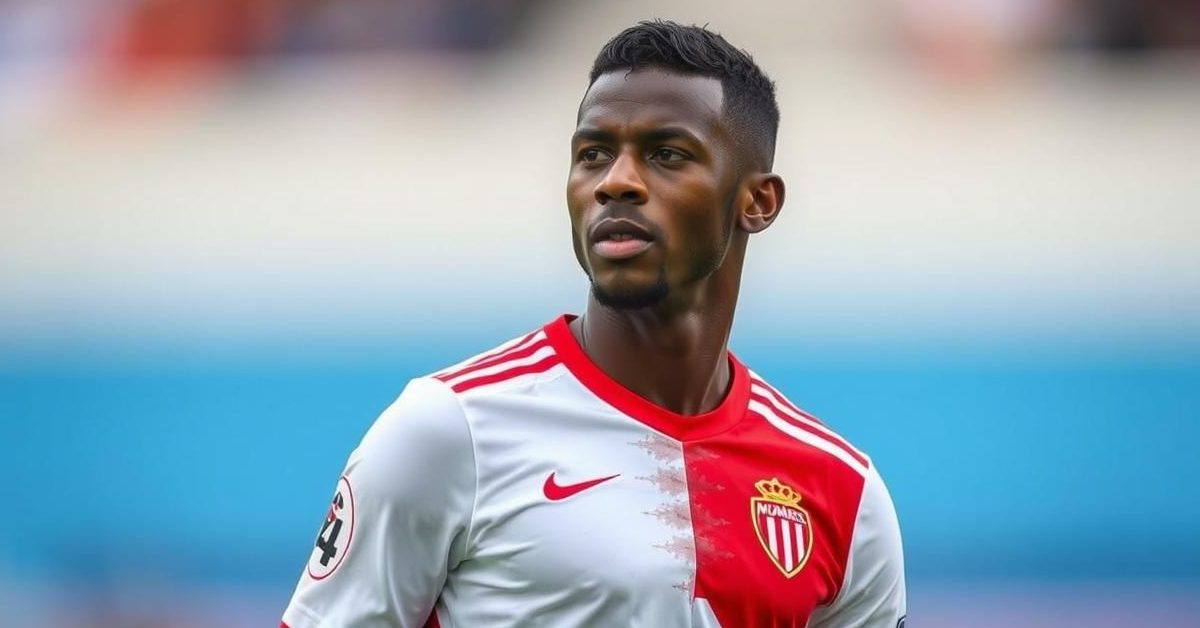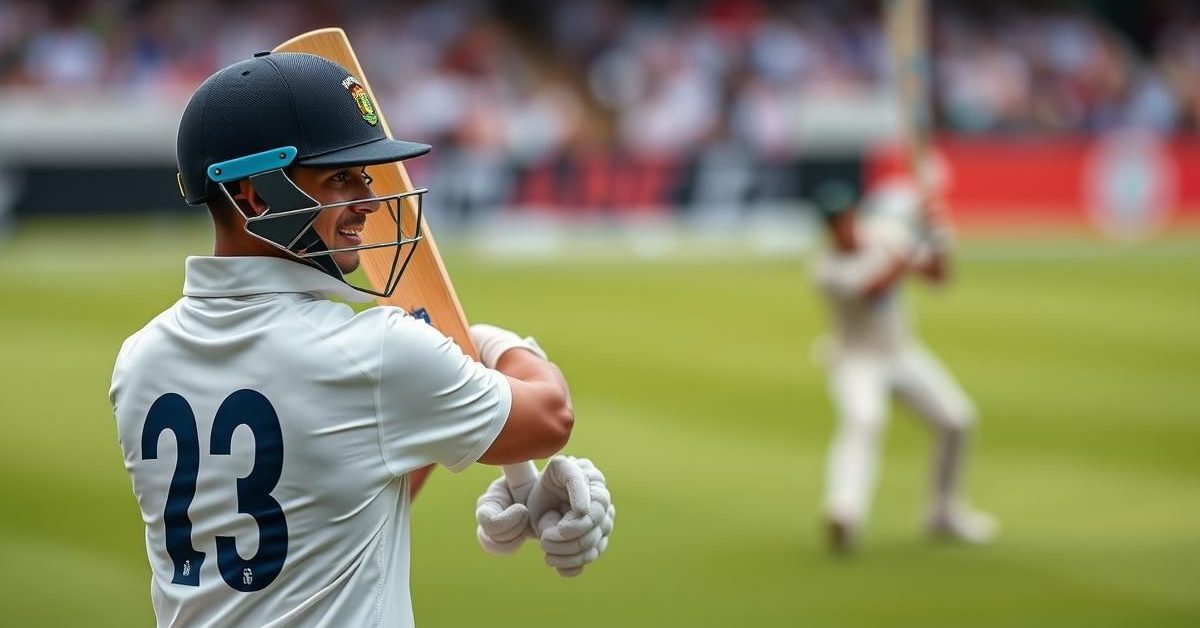The aura around Carlos Alcaraz right now is palpable. It’s a golden moment, indeed, for the young Spanish sensation.
Just last month, the prodigious 22-year-old etched his name deeper into tennis history, spectacularly defending his French Open title with a comeback performance for the ages. This wasn’t just a win; it was a fifth Major championship, solidifying his place among the sport’s elite. He then transitioned seamlessly from the clay of Roland Garros to the hallowed grass courts, capturing the ATP 500 title at Queen’s Club. Now, as Wimbledon beckons, the reigning champion arrives not just as the bookmaker’s favorite, but as a force seemingly destined to extend his reign on the pristine lawns of the All England Club.
A Different Narrative for Jannik Sinner
For Jannik Sinner, however, the narrative leading into Wimbledon carries a slightly different weight. The sting of his semifinal defeat to Alcaraz in Paris, where he pushed his rival to the brink, undeniably lingers. That heartbreaking loss seemed to shadow his performance at the Halle Open last week, where he suffered only his fourth defeat since August of the previous year, falling to the unpredictable Alexander Bublik. While Sinner has been the very picture of dominance over the last 18 months, that recent encounter with his chief rival exposed a subtle chink in his otherwise formidable armor.
Of course, Carlos Alcaraz and Jannik Sinner aren’t the only titans eyeing the coveted Wimbledon trophy. The legendary eight-time champion Novak Djokovic, ever the cunning tactician, remains a formidable threat, as does the rising British hopeful, fourth-seeded Jack Draper. Yet, it’s undeniably difficult to shift the spotlight away from the burgeoning rivalry between the top two seeds. Their contrasting styles and personalities are a magnet for tennis enthusiasts worldwide.
Sinner embodies methodical consistency, a level-headed precision player, but has, at times, faced criticism for a perceived one-dimensionality. Alcaraz, on the other hand, is pure charisma and spontaneous brilliance, though he has occasionally shown moments of vulnerability even against lesser-ranked opponents. As the draws unfold, all eyes will inevitably be drawn to these two young maestros, hoping for yet another compelling chapter in their captivating rivalry – perhaps culminating in a Wimbledon final showdown.
Alcaraz: The Unexpected Grass Court Maestro
What makes Carlos Alcaraz, a player who honed his craft on the red clay, so devastatingly effective on grass? Insights from tennis legend Andre Agassi offer a fascinating perspective.
During the French Open broadcast, the eight-time Major winner made a rather surprising prediction: “Alcaraz’s best surface to me, shockingly, would be between here and Wimbledon… I would say grass.” He quickly elaborated, “Reason I would say grass has nothing to do with his swings. It has to do with the less diminishing speed that happens to him versus other players.”
Agassi further illuminated Alcaraz’s unique advantage, describing his court coverage as “UFO movement stuff.” He specifically highlighted Alcaraz’s “ridiculous” second step, which allows him to recover and adjust with lightning speed, even when pushed deep into the corners. This innate belief in his defensive capabilities means he rarely “peels out” or retreats when under pressure.
Agassi’s analysis resonates deeply with Alcaraz’s on-court performance. Unlike many traditional clay-courters who rely on heavy topspin to hit high and deep, Alcaraz strikes the ball flatter through the air. This natural hitting style means he requires minimal adjustment to grass’s low-bouncing trajectory; the ball consistently arrives in his optimal strike zone. His exceptional athleticism and quick feet allow him to make those crucial micro-adjustments and quick steps on the skidding grass, creating angles and opening up the court in ways few others can.
Moreover, several elements of Alcaraz’s game are inherently suited for grass. He possesses an impressive serve-and-volley game, boasts arguably the best disguised drop shot on tour, and employs a masterful backhand slice that disrupts opponents’ rhythm. After unleashing powerful forehands, he often charges the net to finish points decisively. The seamless integration of these diverse skills has unexpectedly forged him into, arguably, the tour’s most dominant grass-court player.
Jannik Sinner’s Pursuit of Variety
A pivotal, defining moment in Jannik Sinner’s career—prior to his ascent as the seemingly unstoppable force he has become over the past year and a half—occurred at Wimbledon in 2022. In a quarterfinal match against Novak Djokovic, Sinner stormed to a two-set lead, only to meekly surrender the advantage and the match. While initial impressions pointed to a mental collapse, deeper analysis later revealed how Djokovic methodically dismantled Sinner’s game by simply deciphering his effective, yet somewhat predictable, strategy.
Darren Cahill, Sinner’s esteemed coach, recently shed light on this very encounter during an appearance on Andy Roddick’s podcast. Cahill recalled, “Novak got used to his ball, got used to the shape, got used to the pace and then just locked in, like Novak does, and doesn’t miss. And won the last three sets reasonably easily.”
When Djokovic was later approached for his feedback on the match, his assessment was stark and insightful: “Hits the ball great, but there’s no variation. So you know, there’s no shape on his shot. There’s no height over the net. Doesn’t come to the net. He’s not trying to bring me in, I know that he returns well, but he’s not attacking my serve on the return of serve.”
In the two years since that revealing defeat, Sinner’s game has evolved significantly, particularly his return of serve. Yet, the “no variation” tag, to some extent, still persists. This lack of strategic diversity offers a plausible explanation for his recent struggles against the spontaneous brilliance of Carlos Alcaraz, and why, for the naturally hard-hitting Italian, adapting to grass might be his most significant hurdle.
It’s not just about movement or groundstrokes; it’s a profound shift in mindset. On grass, attacking with variety is the most potent weapon. While the concept of diversifying his game isn’t foreign to Sinner, its execution sometimes appears muddled. He approaches the net, but occasionally lacks the conviction to finish. His drop shots are deployed only in seemingly “perfect” moments, rather than as opportunistic disruptions. He often uses the backhand slice merely as a rally shot, instead of a tactical tool. And his serving strategy often adheres strictly to a pre-planned script, rarely surprising opponents with a sudden body serve or an unexpected kick serve.
A touch more strategic variety would undoubtedly elevate the hard-hitting Italian’s already sublime baseline game, which many argue remains the best in the world, even surpassing Alcaraz’s in pure striking power. But of course, his rival isn’t without his own areas for growth. Alcaraz’s serve, despite recent marked improvements (evidenced by 18 aces in the Queen’s final), can still be targeted. And his tendency for brief lapses in focus during grueling, long matches consistently creates opportunities for his opponents.
The electrifying excitement surrounding this blossoming rivalry isn’t just fueled by the stratospheric talent of these two young players. It’s also precisely because they are both actively working through their respective vulnerabilities, promising evolution with every clash. As the most revered fortnight in the tennis calendar commences, the palpable expectation for these two titans to meet once more will undeniably hang in the air.


